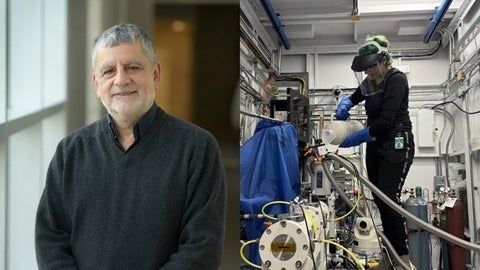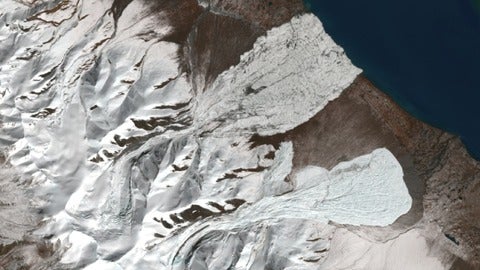Earth and Environmental Sciences combines geology with studies in surface and groundwater, as well as the engineering properties of rocks and soils. We invite you to learn more about our internationally recognized research from helping communities protect groundwater resources to understanding the mysteries of geologic processes deep within the Earth.
As active researchers, we offer our students a hands-on learning experience in addition to innovative degrees and programs, such as TERRE NET, Canada’s first nationally funded program designed to connect the next generation of sustainable mining professionals.
Our unique Earth Sciences Museum and its K-12 outreach program give us the chance to share our passion with the community.
News
EES Faculty honoured by the International Association of GeoChemistry
The International Association of GeoChemistry (IAGC) has chosen two Waterloo Faculty of Science faculty members as winners in the 2024 award class. Ramon Aravena has been awarded the Vernadsky Medal and Carol Ptacek was named an IAGC Fellow.
Quaternary Science Advances names Science paper as tops for 2024
A paper entitled “The surficial geology record of ice stream catchment dynamics and ice-divide migration in the Quebec-Labrador sector of the Laurentide Ice Sheet,” by Martin Ross, professor in the Earth and Environmental Science Department, and former PhD student Jessey Rice was chosen as one of the Editor’s Choice papers for the first half of 2024.
Community Engagement at the Waterloo Wellington Children’s Groundwater Festival
Since 1994, the Waterloo Wellington Children’s Groundwater Festival has been a cornerstone of environmental education in the region. Founded by Earth and Environmental Sciences alumnus Peter Grey, this annual event draws approximately 6,000 elementary students each year, fostering a deep understanding of water resources among young learners.







